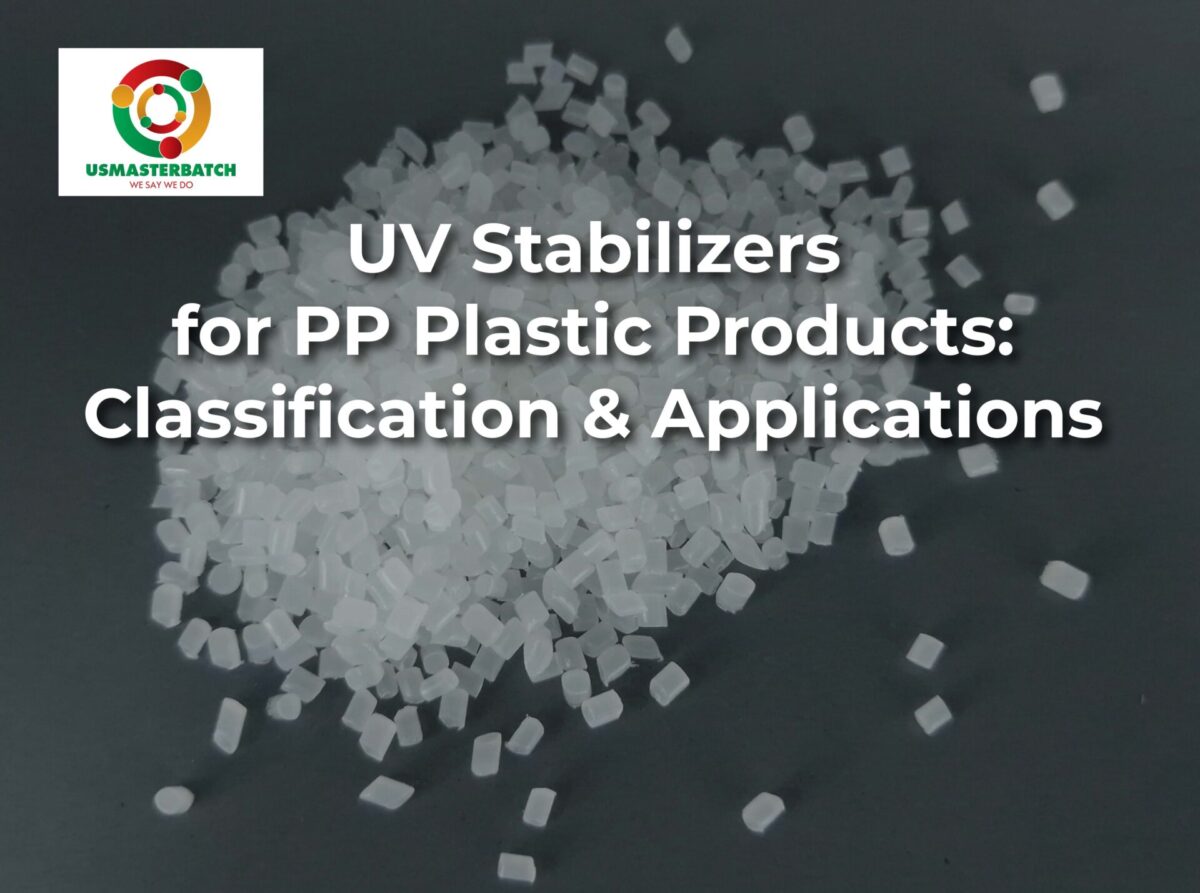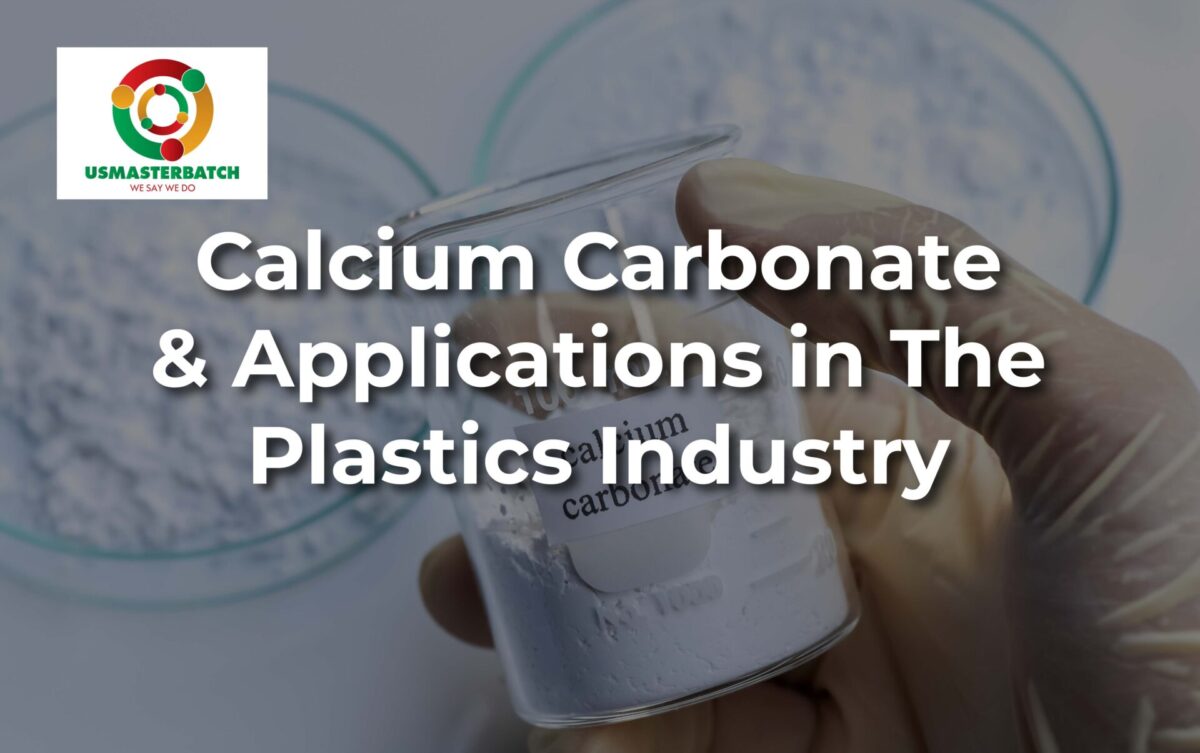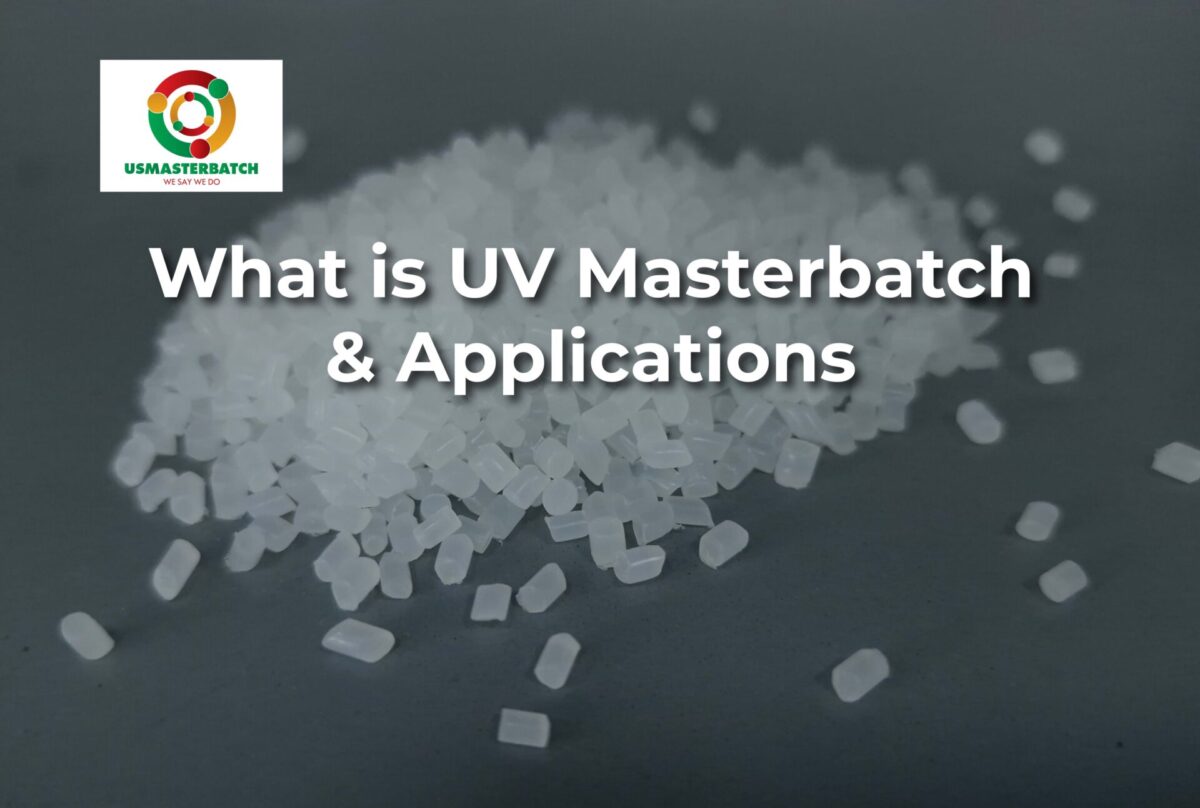
Halogen-Free Flame Retardants – The Future of Safe and Sustainable Plastics
1. Introduction: A Shift Toward Safer Flame Retardants

For decades, halogen-based flame retardants such as brominated or chlorinated compounds were widely used in plastic manufacturing.
They were effective, economical, and capable of achieving stringent fire ratings with relatively low dosage.
However, as the world became more aware of toxic emissions, smoke, and environmental hazards, the demand for safer, non-halogen alternatives has grown rapidly.
Today, many global standards — including RoHS, REACH, WEEE, and EU 10/2011 — restrict or completely ban the use of halogenated substances in electrical, automotive, and consumer applications.
This has given rise to Halogen-Free Flame Retardant (HFFR) systems — a new generation of fire-retardant solutions that provide excellent flame resistance without compromising health, safety, or environmental performance.
2. What Is Halogen-Free Flame Retardant?
Halogen-free flame retardants are additives that do not contain chlorine, bromine, or any halogen elements.
Instead, they rely on other elements such as phosphorus (P), nitrogen (N), aluminium (Al), magnesium (Mg), or silicon (Si) to achieve the desired flame retardant effect.
When incorporated into plastics, HFFR additives work by cooling, diluting, and insulating the material during combustion rather than by releasing halogen gases that interrupt the burning chain reaction.
This makes them much safer for both humans and the environment.
In short:
Halogen-free flame retardants enable plastics to meet strict fire-safety standards while remaining non-toxic, low-smoke, and eco-compliant.
3. How Do Halogen-Free Flame Retardants Work?
HFFR additives operate primarily through physical mechanisms rather than chemical radical reactions.
Here are the main working principles:
🔸 1. Endothermic Decomposition
Compounds like aluminium hydroxide (ATH) and magnesium hydroxide (MDH) decompose at elevated temperatures (200 – 350°C), absorbing a large amount of heat.
This lowers the surface temperature of the burning polymer and slows down ignition.
During decomposition, they also release water vapor, which dilutes flammable gases and reduces oxygen concentration near the burning zone.
🔸 2. Formation of Protective Layer
Phosphorus-based retardants promote char formation.
This carbonaceous layer acts as a barrier, preventing heat and oxygen from reaching the polymer beneath, and thus stopping flame propagation.
🔸 3. Synergistic Effect of Nitrogen and Phosphorus
When nitrogen and phosphorus are combined (as in ammonium polyphosphate – APP), they create an intumescent (foam-like) protective layer upon exposure to fire.
This swollen carbon layer insulates the polymer and suppresses dripping — a key advantage in wire and cable applications.
🔸 4. Gas-Phase Dilution
Inorganic additives such as zinc borate or silica release inert gases like water vapor or carbon dioxide, reducing the availability of combustible gases.
4. Common Types of Halogen-Free Flame Retardants
HFFR systems are tailored based on the polymer matrix and application. The most widely used types include:
| Type | Chemical Base | Decomposition Temperature | Main Advantages | Common Applications |
| Aluminium Hydroxide (ATH) | Al(OH)₃ | 200 – 220°C | Low cost, non-toxic, smoke suppression | PVC, PE, EVA, wire & cable |
| Magnesium Hydroxide (MDH) | Mg(OH)₂ | 320 – 340°C | High heat stability, halogen-free | PP, PE, PA, TPE |
| Ammonium Polyphosphate (APP) | (NH₄PO₃)ₙ | >250°C | Promotes char formation, synergistic | PP, PA, PU foams |
| Red Phosphorus (RP) | Elemental phosphorus | >280°C | High efficiency, small dosage | Nylon, engineering plastics |
| Zinc Borate / Silica / Melamine Cyanurate | Mixed systems | Various | Synergistic, smoke suppression | PC, PBT, PA, elastomers |
Depending on the target UL94 rating, these additives may be used alone or in hybrid formulations (phosphorus + nitrogen, or mineral + intumescent system) to optimize flame retardancy and mechanical balance.
5. Advantages of Halogen-Free Flame Retardants
Switching from halogen-based to halogen-free systems brings numerous benefits that go beyond compliance.
1. Environmentally Friendly
- No chlorine or bromine → no toxic dioxins or corrosive gases upon burning.
- Fully compliant with RoHS, REACH, and WEEE regulations.
- Safer for recycling and disposal.
2. Low Smoke and Toxicity
Halogen-free formulations generate minimal smoke and nearly zero toxic emissions, making them ideal for public spaces, transportation, and enclosed environments.
3. Improved Electrical Properties
No ionic halogens → higher insulation resistance and lower corrosion risk for electrical components.
4. Better Processing Stability
Modern HFFR masterbatches are designed for excellent dispersion, low screw wear, and minimal effect on mechanical strength or color.
5. Global Market Acceptance
Leading global OEMs — especially in automotive, electronics, and construction — are now phasing out halogenated compounds and requiring halogen-free materials in their supply chain.
6. Applications of Halogen-Free Flame Retardants

🔹 Wire & Cable
HFFR compounds are now the industry standard for low-smoke, zero-halogen (LSZH) cables used in buildings, tunnels, airports, and ships.
They maintain flexibility and thermal stability while preventing toxic fume release in case of fire.
🔹 Electrical & Electronic Components
Used in connectors, switches, sockets, and appliance housings.
They meet UL94 V0 or V1 ratings and ensure clean, non-corrosive burning — crucial for circuit reliability.
🔹 Automotive Interiors
Halogen-free systems are used in dashboards, insulation parts, and wire harnesses.
They meet FMVSS 302 fire standards and align with the global trend toward green mobility.
🔹 Building & Construction Materials
PVC panels, pipes, insulation boards, and profiles using HFFR systems help reduce fire load and toxic smoke, increasing safety in high-density buildings.
🔹 Consumer Goods & Appliances
In vacuum cleaners, washing machines, and lighting equipment — ensuring compliance with environmental and safety standards while maintaining aesthetic quality.
7. Halogen-Free Flame Retardant Masterbatch – Simplifying Integration
To make the use of HFFR additives more efficient, many manufacturers provide them in masterbatch form — a concentrated pellet containing flame retardant compounds dispersed in a compatible carrier resin.
Benefits of Using HFFR Masterbatch:
- Precise dosing and consistent performance.
- Cleaner production – no dust or handling issues.
- Uniform dispersion → stable mechanical and color properties.
- Easy integration with existing extrusion or injection systems.
At US Masterbatch, our Halogen-Free Flame Retardant Masterbatch line is engineered for:
- Excellent compatibility with PVC, PP, PE, ABS, TPE, and TPU.
- Low smoke, low toxicity performance.
- Customizable LOI (Limiting Oxygen Index) and UL94 rating based on requirements.
8. Challenges and Technical Considerations
Although HFFR technology offers clear environmental advantages, it also presents some challenges:
1. Higher Loading Levels
Mineral-based flame retardants often require 30 – 60% loading to achieve desired performance, which may affect mechanical strength and surface finish.
2. Processing Temperature
ATH decomposes around 200°C — unsuitable for high-melting polymers like PA or PBT.
MDH, with a higher decomposition temperature (~340°C), is preferred for engineering plastics.
3. Cost and Dispersion
Halogen-free systems are generally more expensive and require optimized compounding techniques to maintain balance between safety and cost-effectiveness.
This is why formulation know-how and compatibilizer technology are crucial in delivering high-performance HFFR compounds.
9. Global Market Trend and Regulatory Push
The move toward halogen-free materials is not just a trend — it’s becoming a global standard.
- European Union: Strict enforcement of RoHS, REACH, and EU 10/2011 directives.
- United States: Green building codes and stricter fire-safety standards for electronics.
- Asia-Pacific: Rapid adoption in automotive and telecom sectors, especially Japan and South Korea.
- Middle East & Africa: Infrastructure growth is boosting demand for LSZH cables.
As sustainability and circular economy goals advance, halogen-free flame retardants will dominate the next generation of polymer development.
10. Why Partner with US Masterbatch?
- Over a decade of expertise in PVC compounds and flame retardant masterbatches.
- Customized formulations tailored for polymer type, processing method, and certification target.
- Third-party test support from SGS, Intertek, and TÜV for compliance validation.
- Reliable supply capacity, ensuring consistent quality and on-time delivery for OEM clients.
- Continuous R&D toward high-performance, eco-safe compounds for a sustainable future.










